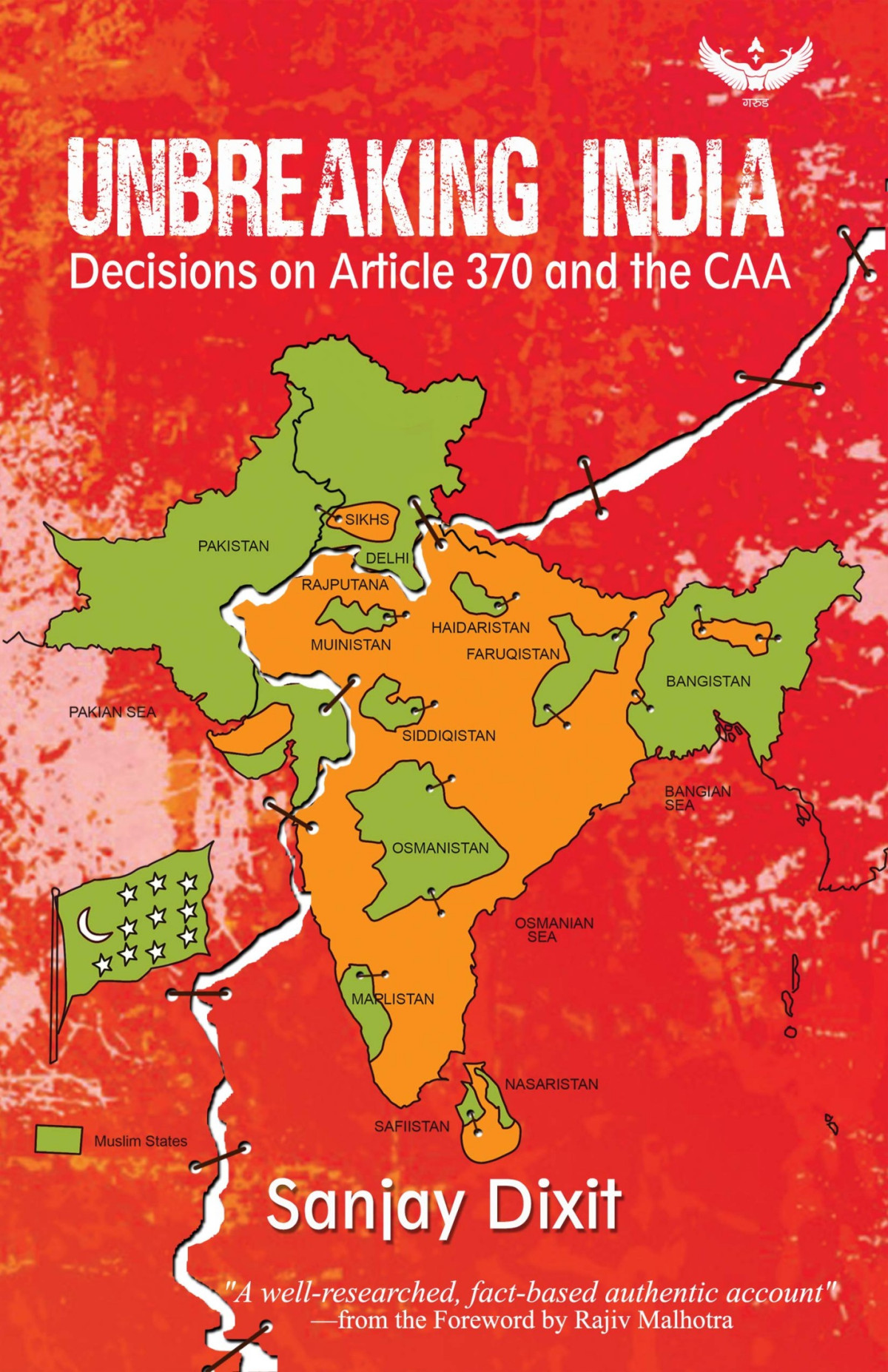

Most ebook files are in PDF format, so you can easily read them using various software such as Foxit Reader or directly on the Google Chrome browser.
Some ebook files are released by publishers in other formats such as .awz, .mobi, .epub, .fb2, etc. You may need to install specific software to read these formats on mobile/PC, such as Calibre.
Please read the tutorial at this link: https://ebookbell.com/faq
We offer FREE conversion to the popular formats you request; however, this may take some time. Therefore, right after payment, please email us, and we will try to provide the service as quickly as possible.
For some exceptional file formats or broken links (if any), please refrain from opening any disputes. Instead, email us first, and we will try to assist within a maximum of 6 hours.
EbookBell Team

0.0
0 reviewsThe nullification of Article 370 and enactment of the Citizenship (Amendment) Act (CAA), 2019, had been landmark legislative actions in 2019. Author Sanjay Dixit delves deep into the past and traces the events, actions and their repercussions that finally led to the Union of India introducing these two measures. He looks at these events from all perspectives-historical, social and political. For Article 370, he traces the entire history of Kashmir from its pre-Islamic past and to the events that unfolded at the time of the Partition of India, leading to the initial inclusion of Article 370 in the Constitution of India. Dixit also studies in detail the legal and constitutional labyrinths, discussing the various Presidential Orders and case laws from the Constitutional Bench jurisdiction of the Supreme Court. For CAA, Dixit traces the constitutional history of India from the time of the partition of Bengal in 1905 to the unfortunate events of the Partition in 1947. His study relies heavily on Dr. B.R. Ambedkar's analysis of the reasons for the Partition and the theology of a 'separate nation' that prevailed during the period. The author contends that this same theology has been staging a comeback now in the form of mazhabi pehchan which forms the crux of the anti-CAA protests. The informed position of the author, his lucidity of language and directness of approach lend clarity to his arguments and make this an accessible and important read.
**